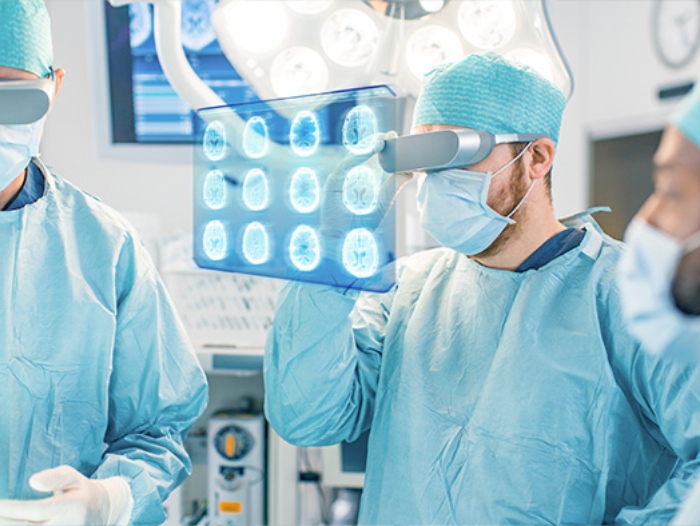Millions of people experience headaches after drinking even small amounts of red wine, and according to a new study published in Nature, the cause could be a flavonoid prevalent in red grapes used to make wine, Stephanie Breijo reports for the Los Angeles Times.
What causes red wine headaches?
Morris Levin, director of the University of California San Francisco (UCSF) Headache Center and co-author of the study, said he frequently sees patients who complain of getting headaches after drinking red wine.
"One of the things I've noticed over my career is how common it is for people to have a headache from drinking red wine," he said. "You can get a headache after drinking white wine, you can get a headache after drinking any kind of alcohol, but red wine is a real common cause and it's a centuries-old mystery as to why that happens."
Andrew Waterhouse, a wine chemist, professor emeritus at UC Davis, and a co-author on the study, had a theory — some people have a flushing reaction, or a "glow," whenever they drink a few sips of alcohol, and those who have that glow also often report headaches.
The flushing reaction occurs during the metabolization process after ethanolics convert to acetaldehyde and then acetaldehyde is converted to acetic acid. Waterhouse theorized that if the metabolizing enzyme were blocked in some people by an ingredient within red wine, the glow and headaches would occur.
Ultimately, that's what the study found. Apramita Devi, a researcher at the UC Davis Department of Viticulture and Enology and an author on the paper, found that a crucial enzyme was inhibited by the flavonoid quercetin, which is not only present in red grapes used to make wine but also in onions, kale, and seeds.
When the quercetin is ingested with alcohol and converted to quercetin glucuronide, it inhibits a crucial metabolizing enzyme, and therefore can lead to a buildup of acetaldehyde.
"This is one of the reasons why this hasn't really been discovered before: [Quercetin glucuronide] on its own doesn't cause headaches," Waterhouse said. "In fact, it's a great antioxidant and you can buy it at GNC and on Amazon. It's a supplement. It's just when it goes through this process."
Next steps
The researchers said human trials to further test their theory could start by January and will likely happen at the UCSF Headache Center.
"The headache is one of the most disabling conditions in the world — it's definitely in the top three — and we're talking about many millions of people that have headaches," Levin said. "I think maybe this work might shed a little more light."
If their theory is proven correct, winemakers could produce red wine with less quercetin, Waterhouse said. However, a key factor in developing grapes for wine — sunlight — also increases levels of quercetin, and according to Waterhouse, grapes grown with clusters exposed to sunlight can multiply levels of quercetin by four to five times.
"Unless we figure out something else, right now, if you grow one of your favorite cabernet grapes completely in the shade, the quality won't be as good," Waterhouse said. (Breijo, Los Angeles Times, 11/22)
Data shows more people die from heart attacks between Christmas and New Year's Day than any other period throughout the year, in part because of the impact binge drinking alcohol can have on the heart — a phenomenon called "holiday heart syndrome," Dani Blum reports for the New York Times' "Well."
Don't miss out on the latest Advisory Board insights
Create your free account to access 1 resource, including the latest research and webinars.
Want access without creating an account?
You have 1 free members-only resource remaining this month.
1 free members-only resources remaining
1 free members-only resources remaining
You've reached your limit of free insights
Become a member to access all of Advisory Board's resources, events, and experts
Never miss out on the latest innovative health care content tailored to you.
Benefits include:
You've reached your limit of free insights
Become a member to access all of Advisory Board's resources, events, and experts
Never miss out on the latest innovative health care content tailored to you.
Benefits include:
This content is available through your Curated Research partnership with Advisory Board. Click on ‘view this resource’ to read the full piece
Email ask@advisory.com to learn more
Click on ‘Become a Member’ to learn about the benefits of a Full-Access partnership with Advisory Board
Never miss out on the latest innovative health care content tailored to you.
Benefits Include:
This is for members only. Learn more.
Click on ‘Become a Member’ to learn about the benefits of a Full-Access partnership with Advisory Board
Never miss out on the latest innovative health care content tailored to you.




